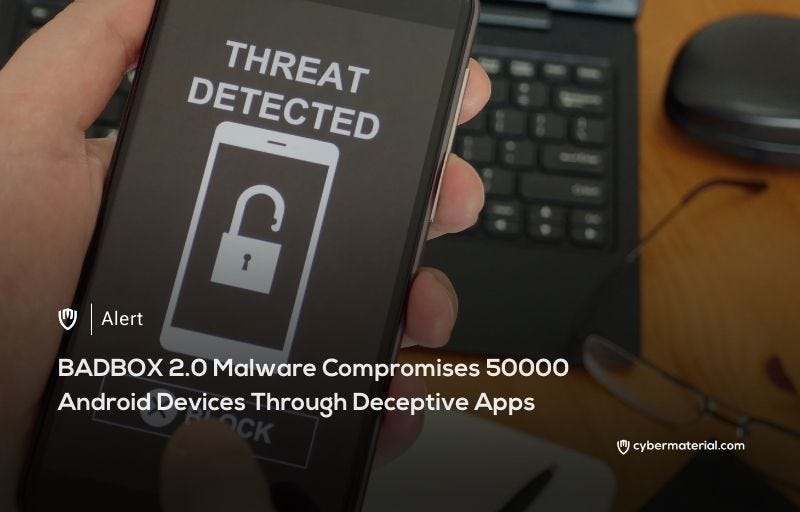
HUMAN Security’s Satori Threat Intelligence team recently uncovered a major malware operation called BADBOX 2.0, which compromised over 50,000 Android devices using 24 deceptive applications. This operation is an expansion of the original BADBOX campaign, first identified in 2023. The campaign primarily targeted low-cost, off-brand Android Open Source Project (AOSP) devices, such as connected TV boxes, tablets, digital projectors, and vehicle infotainment systems. The malware infection process involved a sophisticated backdoor named “BB2DOOR” that provided the attackers with persistent privileged access to compromised devices.
The BADBOX 2.0 operation was carried out by four distinct threat actor groups: SalesTracker Group, MoYu Group, Lemon Group, and LongTV.
These groups worked together, utilizing shared infrastructure and business connections, to deploy a range of fraudulent activities, including residential proxy services, programmatic ad fraud, and click fraud. One of the primary mechanisms used by the attackers was the deployment of a malicious library, libanl.so, which activated fraud mechanisms on infected devices, downloading and installing additional files to maintain communication with command-and-control servers.
The 24 malicious apps used in the attack functioned as “evil twins” to legitimate applications available on the Google Play Store. These apps shared package names with real applications to appear trustworthy, thus deceiving users and enabling the malware to generate massive amounts of fraudulent ad traffic. The deceptive nature of these apps led to hidden ad schemes, which were responsible for generating up to 5 billion fraudulent bid requests each week. This large-scale fraud operation severely impacted the ad ecosystem and raised concerns about the security of mobile devices, especially those running uncertified Android versions.
In response to the growing threat, Google took multiple actions to mitigate the impact of BADBOX 2.0..
Google Play Protect now automatically warns users and blocks apps exhibiting BADBOX behavior at installation on certified devices with Google Play Services. Additionally, Google terminated the publisher accounts associated with BADBOX 2.0 from its advertising ecosystem. Device owners are advised to verify whether their devices are Google Play Protect certified and avoid downloading apps from unofficial sources. This proactive approach by Google aims to safeguard users from further exploitation and help prevent the spread of fraudulent activities.
Reference:
The post BADBOX Malware Hits Over 50K Android Devices first appeared on CyberMaterial.


